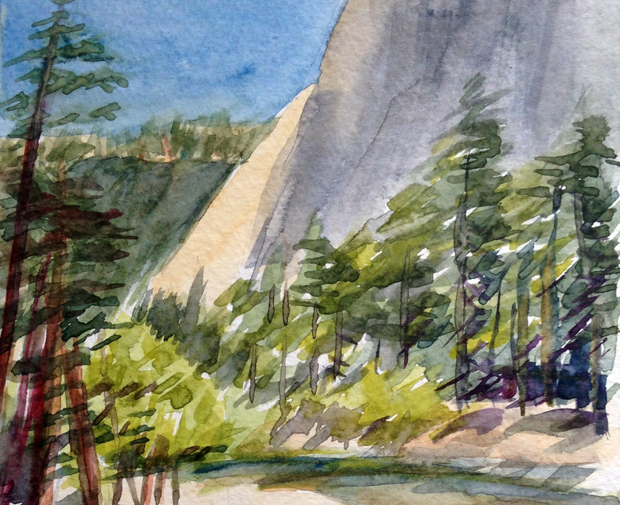An online search of the term, “anti-aging,” yields 6.7 million results. There are anti-aging foods, techniques, guidelines, secrets, creams, fitness regimes, experts, medicine, supplements, checklists, fellowships, diets, and systems. And that’s just on the first page of results. Interestingly, Dr. Oz figures prominently, but that may just be due to savvy SEO.
That we even have a term like “anti-aging” is a sign of our continued delusion of control over this foe we call “nature.” Witness the place of hour that “anti“ has in our national vocabulary: anti-abortion, anti-guns, anti-terrorism, anti-nukes, anti-fracking, anti-slavery, anti-environment. Some of these movements are quite well intentioned, and yet find themselves lumped into a subclass of “war on” phrases: war on terror, war on drugs, on poverty, etc.
Aging is a little understood process, an affront to our worship of youth. So we go to our labs and cook up serums and drugs and ointments to repair damaged cells or — better yet — prevent damage before it occurs. Anti-oxidant supplements, anyone? Are cranberries better than blueberries and why do goji berries cost so much?
The first item to come up in my Internet search was an entry about life extension on Wikipedia. We live in what is arguably one of the most anti-life cultures in human history, so this obsession with extending our own lives is a profound irony. The entire living world is seen as inert matter, which stems from a disconnection so comprehensive, even our own bodies are swept up in the dragnet and become the enemy. Such an inconvenience, this need to be fed and rested, let alone the aches and pains and decline into illness.
Organic life in this scenario is valueless, inferior, a stepping stone to something better: progress through technology. Ray Kurzweil and his Singularity, among others, tell us that these failings of design evidenced by aging can be corrected, even perfected.
Mother Teresa was known for refusing an invitation to an anti-war march. Her response was, invite me to a peace march and I’ll be there. She didn’t involve herself with being against things, only with positive action for the future she envisioned.
It’s a good lesson. Think about how nonsensical anti-aging is. Aging is a natural part of life on this earth that runs on sunlight and is fully organic, sentient and animate. Leaves turn color in the fall and drop off their branches to join a brown litter on the forest floor that is then recycled by myriad creatures into soil and new life. Instead of anti-aging, we can have graceful aging, an acknowledgement of inevitability and a commitment to self-care. Sleep, a healthy diet, exercise, good companionship, creative pursuits, new ideas, travel and the arts — far from being tools to prevent something unwanted from happening — form a mosaic of a well-lived life.
Mary Oliver famously asks, “What is it you plan to do with your one wild and precious life?” Making peace with aging is an act of humility and gratitude; life is indeed a miracle to be savored. It’s also a way to declare independence from the anti- and war-on agenda to subdue our wildness, to make life safe and predictable. Wildness is buried deeply within each of us. It’s the Minotaur in the heart of the labyrinth, it’s Grendel’s mother living at the bottom of the lake. The jaguar in a night dream, eyes gleaming with a fire to pierce the soul. I wonder if our fear of aging, apart from the obvious reservations about death, is a fear of our wildness.

